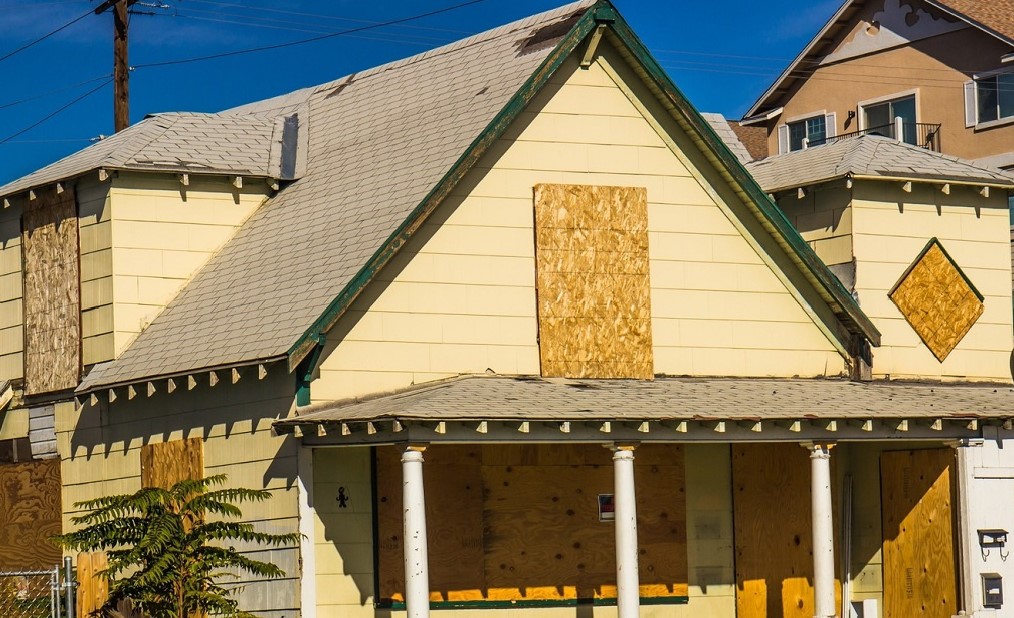Published by REALTOR Magazine | April 19, 2021
Foreclosure filings in March rose 5% compared to the previous month.
Some housing analysts have grown concerned about what will happen to the real estate market when temporary foreclosure moratoriums are lifted. Will it spark a wave of new foreclosures and lead to a crisis?
Already, foreclosure activity is on the rise, even though the moratoriums are still in place and the government has relaxed requirements for mortgage forbearance due to the COVID-19 pandemic. Foreclosure filings in March rose 5% compared to the previous month, according to ATTOM Data Solution, a real estate analytics firm.
But that slight uptick could be a good thing, analysts note. “The foreclosure moratorium on government-backed loans has virtually stopped foreclosure activity over the past year,” says Rick Sharga, executive vice president of RealtyTrac, an ATTOM Data Solutions company. “But mortgage servicers have been able to begin foreclosure action on vacant and abandoned properties, which benefits neighborhoods and communities. It’s likely that these foreclosures are causing the slight uptick we’ve seen over the past few months.”
Homeowners with federally backed loans could receive up to 18 months of forbearance, but those who received such assistance at the beginning of the pandemic could see those protections lift after September. The Consumer Financial Protection Bureau estimates that could put about 1.7 million homeowners at risk of losing their homes.
“There is a tidal wave of distressed homeowners who will need help.”
—CFPB Acting Director Dave Uejo
But high home prices and growing homeowner equity likely will prevent another foreclosure crisis, housing experts say. Also, a historic housing shortage will keep demand for homes high. For homeowners who are unable to make their house payment, they could sell—potentially for a high profit.


